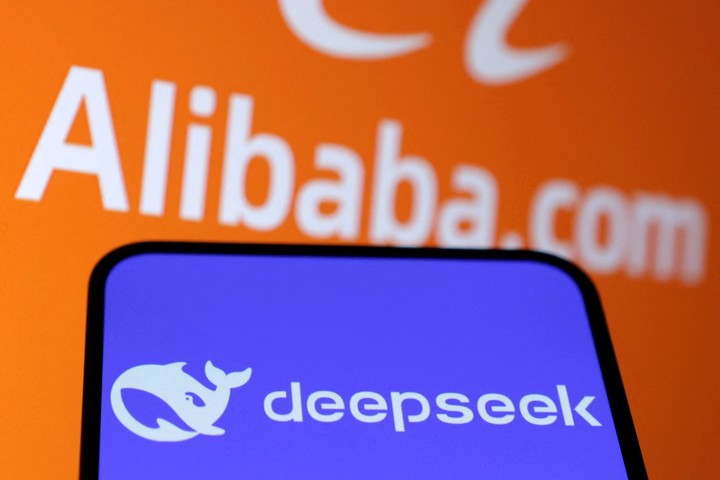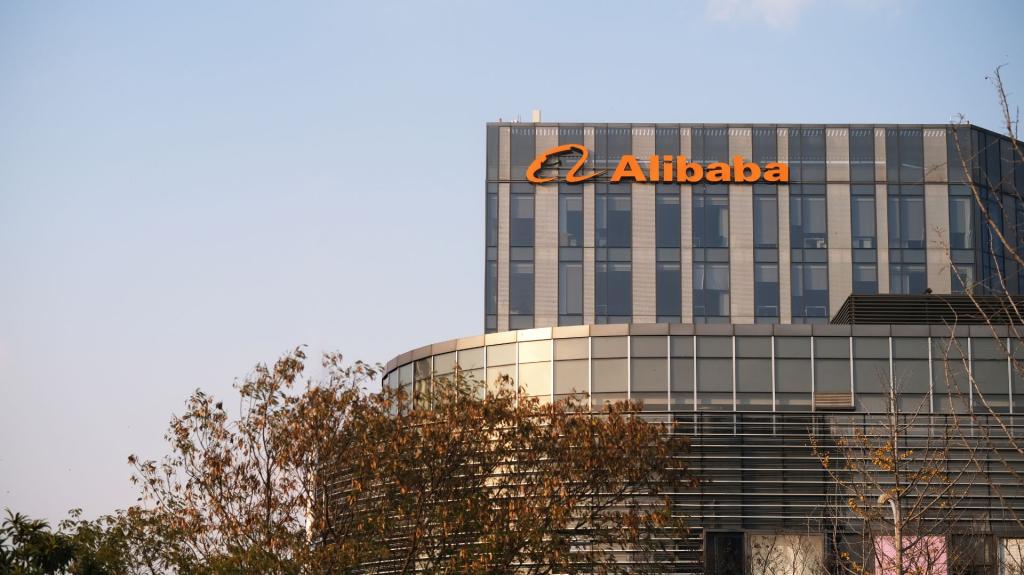Alibaba's Qwen 2.5-Max Redefines AI Competition and Innovation
Explore how Alibaba's Qwen 2.5-Max is revolutionizing AI competition, challenging giants like OpenAI and DeepSeek with unmatched efficiency and innovation.

Key Points
- Alibaba
's Qwen 2.5-Max utilizes cutting-edge Mixture-of-Experts architecture and massive datasets to outperform major AI competitors like
OpenAIand DeepSeek.
- The launch of Qwen 2.5-Max signifies a strategic response to escalating competition within the Chinese AI market, prompting significant price cuts across the industry.
- This innovative model is set to enhance various business processes through automation and contextual understanding, paving the way for the future of AI technology.
In the fiercely competitive landscape of artificial intelligence, the recent launch of Alibaba's Qwen 2.5-Max has sparked significant interest and discussion. As global tech giants race to enhance their AI capabilities, Alibaba aims to carve out a substantial niche for itself with this innovative model. This development highlights China's strategic push to dominate AI technology and challenge established players in the field. In this blog post, we will explore the impressive features of Qwen 2.5-Max, compare it with its competitors, and consider the implications for the future of AI.

The Features of Qwen 2.5-Max
At the heart of Qwen 2.5-Max's capabilities is its architecture, known as Mixture-of-Experts (MoE), and an astounding training set of over 20 trillion tokens. This advanced setup allows the model to excel in text comprehension, data processing, and generating relevant responses based on complex queries. It is specifically designed to outperform notable contemporaries such as OpenAI's GPT-4o, DeepSeek-V3, and Meta's Llama-3.1-405B across various benchmarks and applications.

Not only does Qwen 2.5-Max focus on enhancing performance metrics, but it also integrates advanced functionalities such as the automation of financial reports and the contextual understanding necessary for complex translations. According to Alibaba, this model has exhibited significant improvements in handling sophisticated queries and producing high-quality outputs in tests like MMLU-Pro, LiveCodeBench, and LiveBench.
Competitive Landscape
The introduction of Qwen 2.5-Max comes at a time when the AI market is witnessing intense competition, particularly within China. Following the groundbreaking success of DeepSeek's AI models, including DeepSeek-V3, Alibaba swiftly responded by slashing prices by up to 97% on select models. This move is a clear strategy to maintain a competitive edge in a market that is increasingly sensitive to pricing. DeepSeek has shown that it can develop top-performing AI with a fraction of the cost, creating a price war that challenges the traditional business models of larger companies like Alibaba and
.

Strategic Implications and Innovations
Alibaba's embrace of MoE architecture and investment in extensive training datasets signify a transformative approach not just for the company but for AI technology as a whole. This shift not only enhances the functionality of Qwen 2.5-Max but also sets the stage for ongoing innovations that could reshape the industry. As evidenced by Alibaba's proactive stance to integrate Qwen 2.5-Max into various cloud services, the implications extend beyond competitive performance metrics. They encompass automation and optimization across diverse business processes, presenting new opportunities for sectors ranging from finance to customer service.

Looking Ahead
The evolution of Alibaba's Qwen 2.5-Max reflects an essential trend in the AI landscape: the need for innovation driven by both affordability and performance. As companies like Alibaba and DeepSeek continue to develop increasingly sophisticated tools, the global market is likely to see profound changes. These innovations promise not only to make AI more accessible but also to push the boundaries of what is possible in the realm of automation and intelligence.

In summary, Alibaba's launch of Qwen 2.5-Max marks a significant milestone in the progression of artificial intelligence technologies. As this model competes with formidable rivals while effectively adapting to market pressures, it underscores a broader shift in the tech landscape towards innovation that is not only powerful but also cost-effective. The race for AI supremacy is not just about being the fastest—it's about being the most efficient and adaptable in an ever-evolving digital world.


